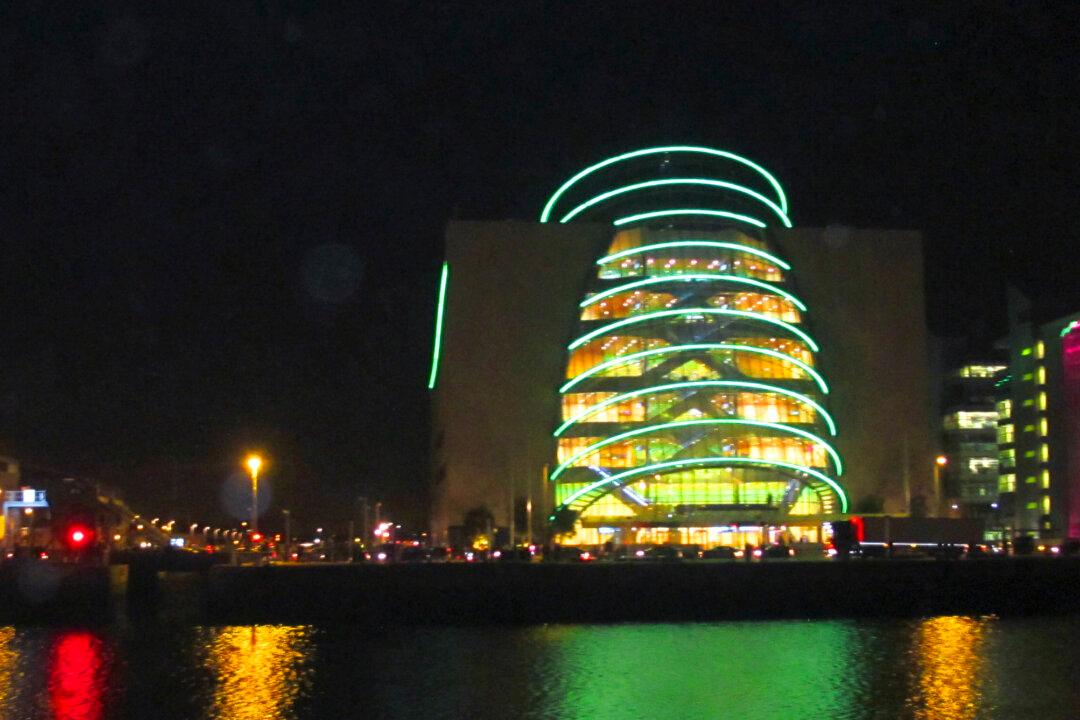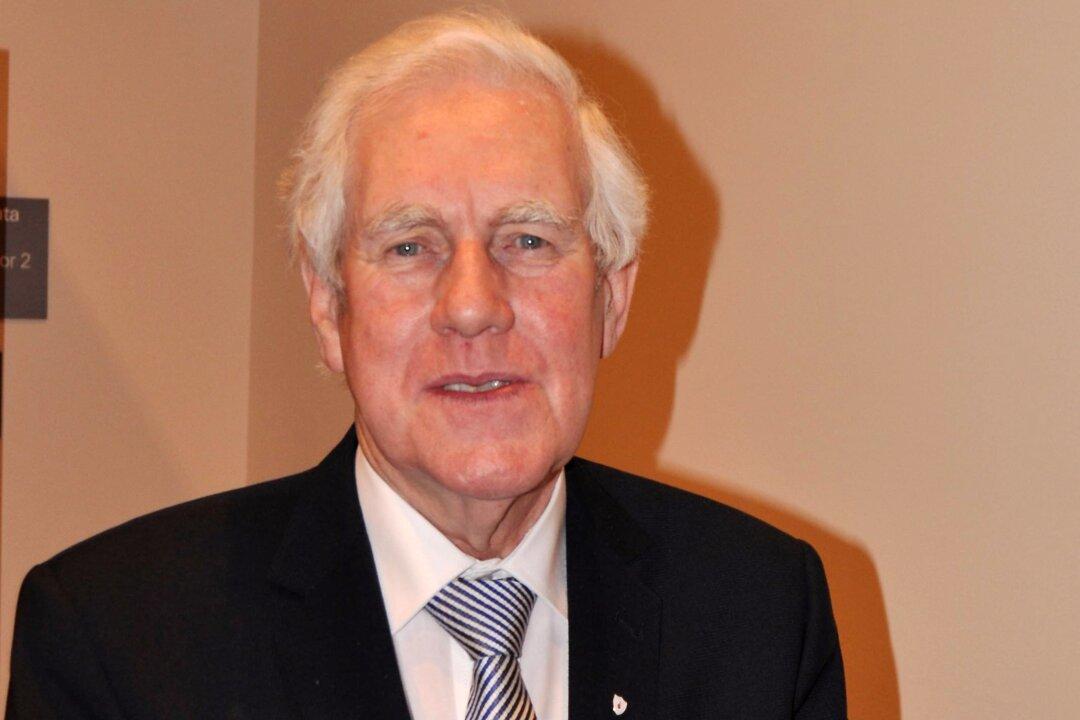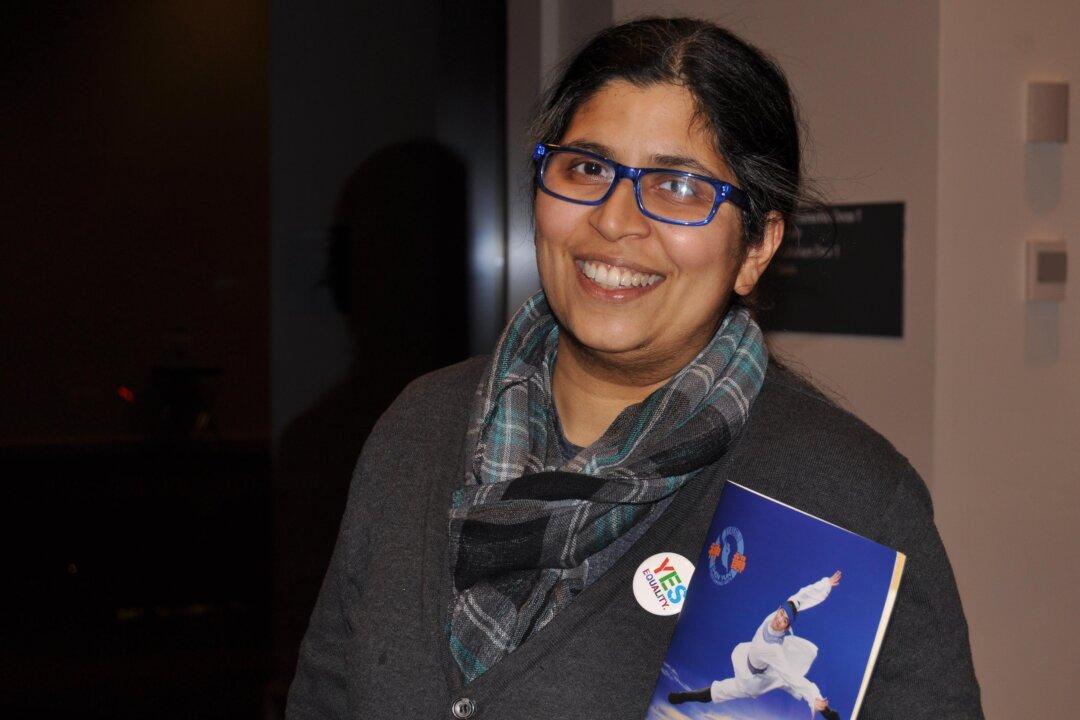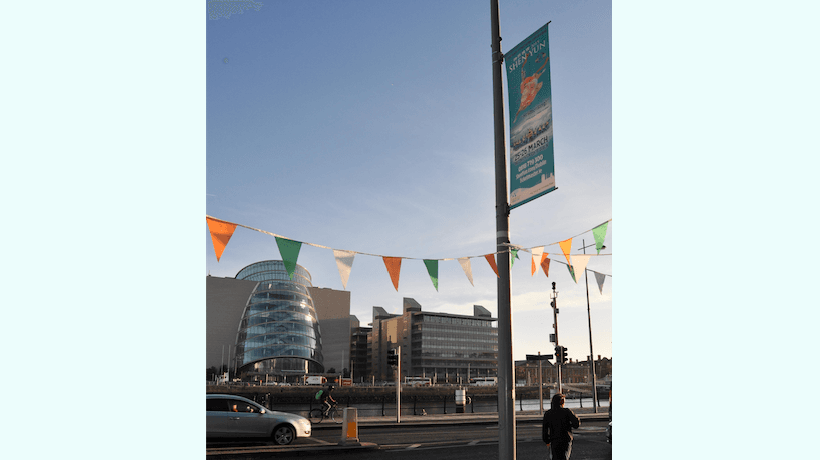Team South Pole Flag are well into their preparations for their journey to the South Pole. The three-man team competing in the South Pole Race is comprised of Irishmen Mark Pollock and Simon O'Donnell and Norwegian Inge Solheim.
The name “Team South Pole Flag” is inspired by the flag Mark is carrying--a flag with over five hundred images of friends, supporters and sponsors who have helped him realise his goal. Mark hopes that by carrying the flag on his sledge he can draw inspiration from these people, especially when the going gets tough.
The team met in London on Monday 15 Dec., before heading to Cape Town, South Africa with race organisers and other competitors.
The Epoch Times caught up with Mark Pollock, the only blind competitor in the race, before he left Dublin.
Mark talked about the team’s last few days of preparation before heading off. Mark’s blindness has brought out the ingenuity in the team and he has come up with some rather innovative gear modifications to enable him to be more competitive.
His headband has been modified to allow his talking watch to sit inside, “I slip my talking watch into my headband so I can slap my head to find out the time.”
Joking aside, Mark explained how important it was for him to know what the time was. He would be working on his own for most of the day while attached to the other team members via a pole system. Knowing the time makes it easier for him to focus on the tasks at hand so that he can work out how long before the next stop etc.
Mark’s gloves have extra clips on them so he won’t lose them and his jacket has a zip extension so he does not need to remove his gloves to open and close it--an important modification considering the conditions he will face in the Antarctic.
His talking iPod Nano will help to keep his spirits high during the day, he said, and can be recharged with the small solar panel the team will carry.
While preparing for the race, Mark and Simon picked up a lot of useful advice from their Norwegian team mate, Inge, who said the ‘flashy kit’ didn’t do what it was required to do.
He advocated the old natural fibre kit that didn’t look great, but did the best job because you could be wet and still stay warm.
“It doesn’t smell as bad as the man made stuff,” he said--which will be important after thirty-odd days living in a small tent with two other guys.
The team will be using a very old-school Norwegian Alfa boot with a felt liner, and according to Mark this was the “king of boots”.
On December 18th the teams will fly from South Africa to Novo, the Russian scientific base on the edge of Antarctica and start the crevasse training phase of the race on December 21st. This phase will last over Christmas, cover 100 nautical miles of some of the most extreme terrain on earth and take approximately ten days. The race itself begins on January 1st, 2009.
The name “Team South Pole Flag” is inspired by the flag Mark is carrying--a flag with over five hundred images of friends, supporters and sponsors who have helped him realise his goal. Mark hopes that by carrying the flag on his sledge he can draw inspiration from these people, especially when the going gets tough.
The team met in London on Monday 15 Dec., before heading to Cape Town, South Africa with race organisers and other competitors.
The Epoch Times caught up with Mark Pollock, the only blind competitor in the race, before he left Dublin.
Mark talked about the team’s last few days of preparation before heading off. Mark’s blindness has brought out the ingenuity in the team and he has come up with some rather innovative gear modifications to enable him to be more competitive.
His headband has been modified to allow his talking watch to sit inside, “I slip my talking watch into my headband so I can slap my head to find out the time.”
Joking aside, Mark explained how important it was for him to know what the time was. He would be working on his own for most of the day while attached to the other team members via a pole system. Knowing the time makes it easier for him to focus on the tasks at hand so that he can work out how long before the next stop etc.
Mark’s gloves have extra clips on them so he won’t lose them and his jacket has a zip extension so he does not need to remove his gloves to open and close it--an important modification considering the conditions he will face in the Antarctic.
His talking iPod Nano will help to keep his spirits high during the day, he said, and can be recharged with the small solar panel the team will carry.
While preparing for the race, Mark and Simon picked up a lot of useful advice from their Norwegian team mate, Inge, who said the ‘flashy kit’ didn’t do what it was required to do.
He advocated the old natural fibre kit that didn’t look great, but did the best job because you could be wet and still stay warm.
“It doesn’t smell as bad as the man made stuff,” he said--which will be important after thirty-odd days living in a small tent with two other guys.
The team will be using a very old-school Norwegian Alfa boot with a felt liner, and according to Mark this was the “king of boots”.
On December 18th the teams will fly from South Africa to Novo, the Russian scientific base on the edge of Antarctica and start the crevasse training phase of the race on December 21st. This phase will last over Christmas, cover 100 nautical miles of some of the most extreme terrain on earth and take approximately ten days. The race itself begins on January 1st, 2009.






